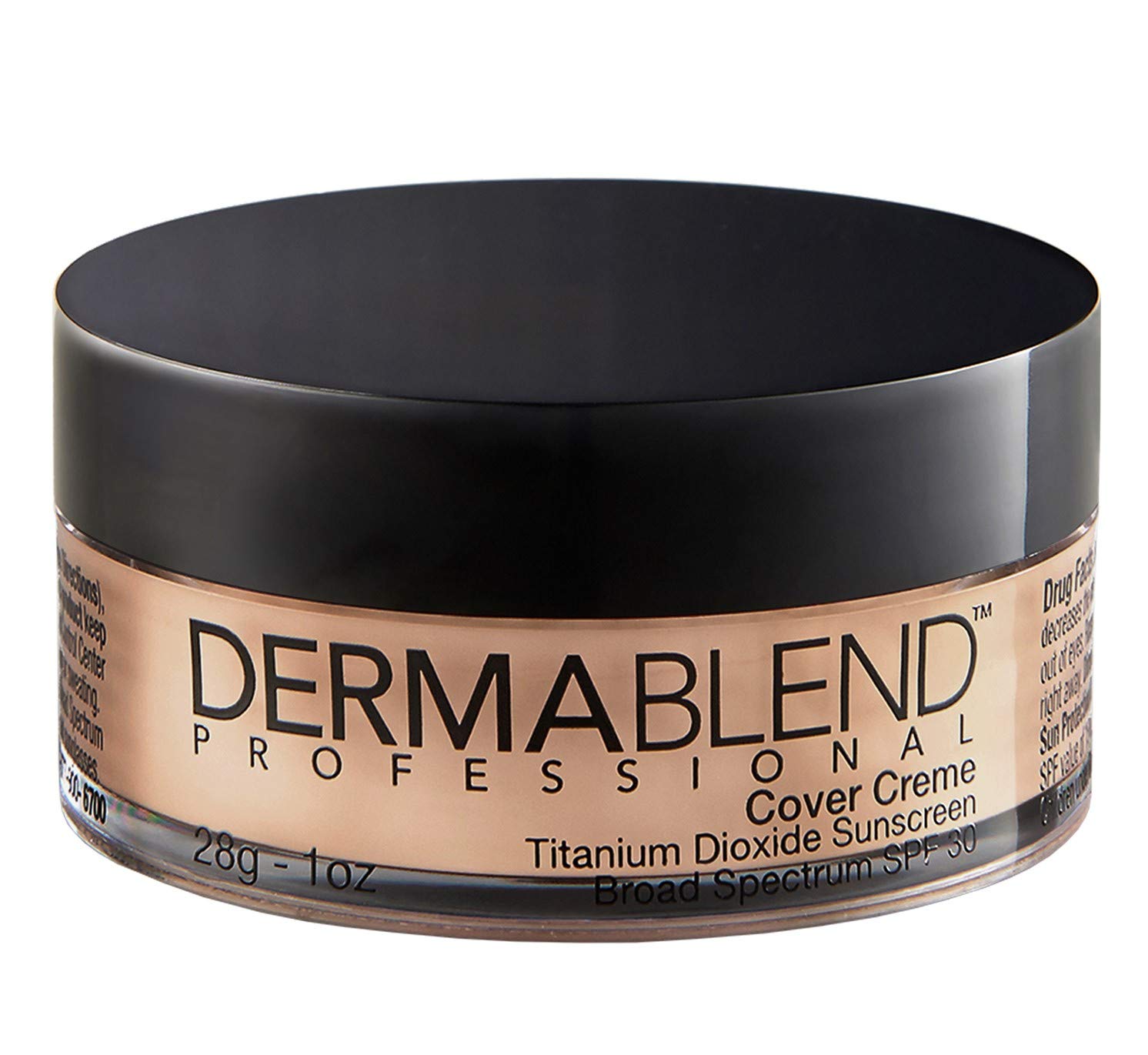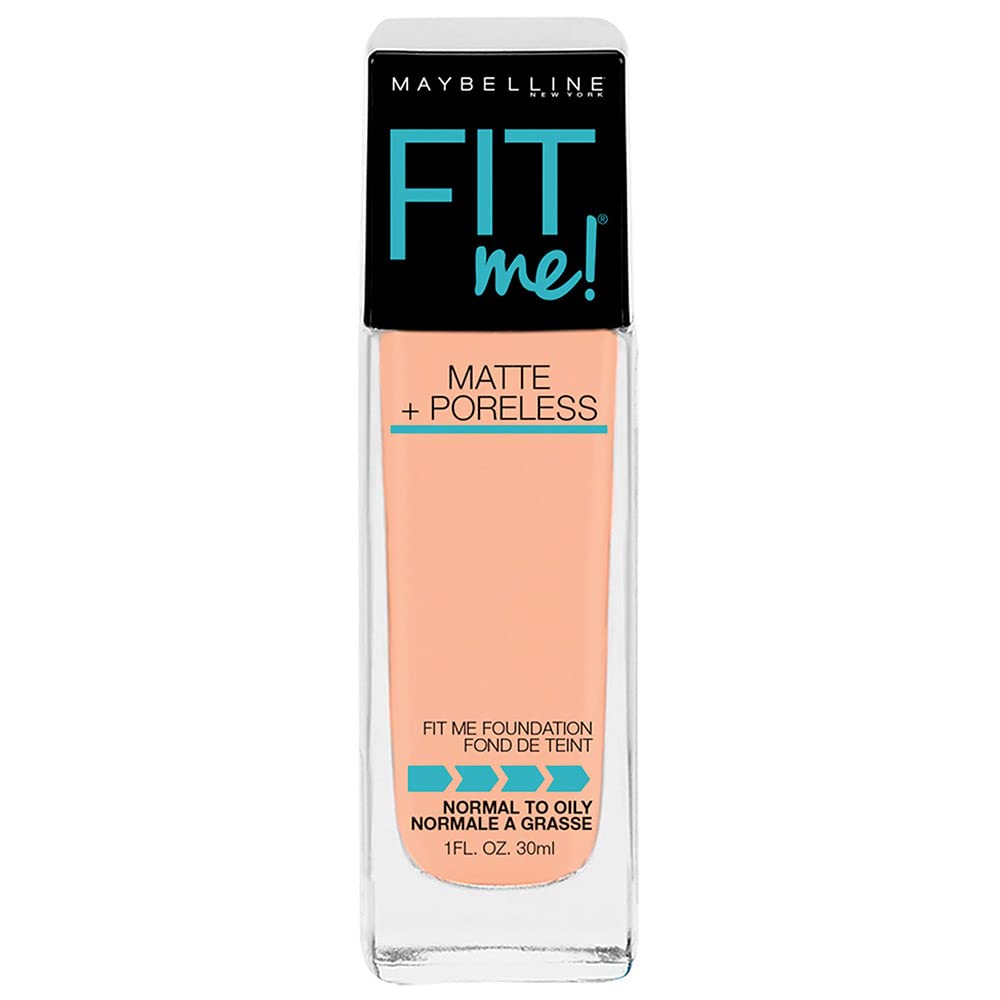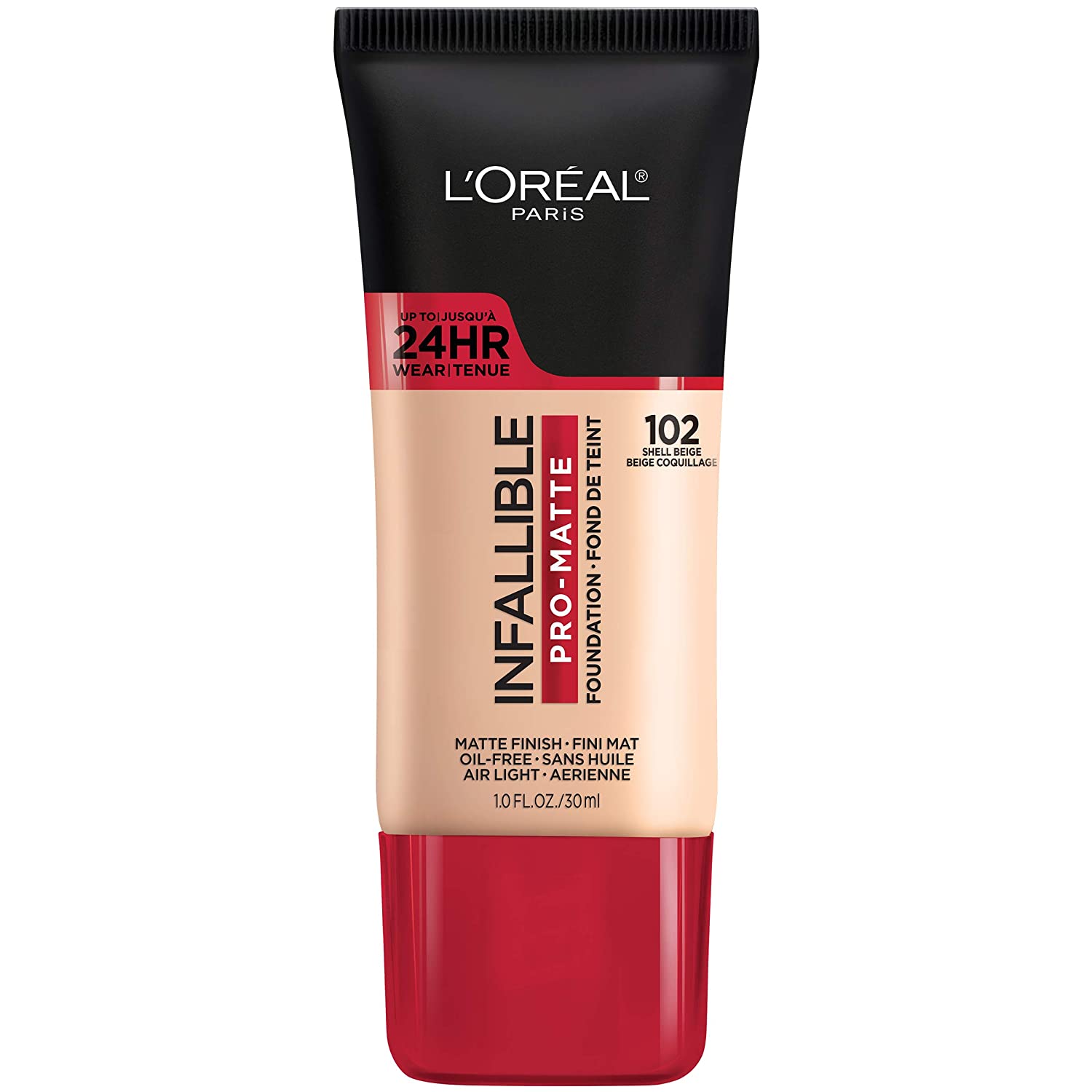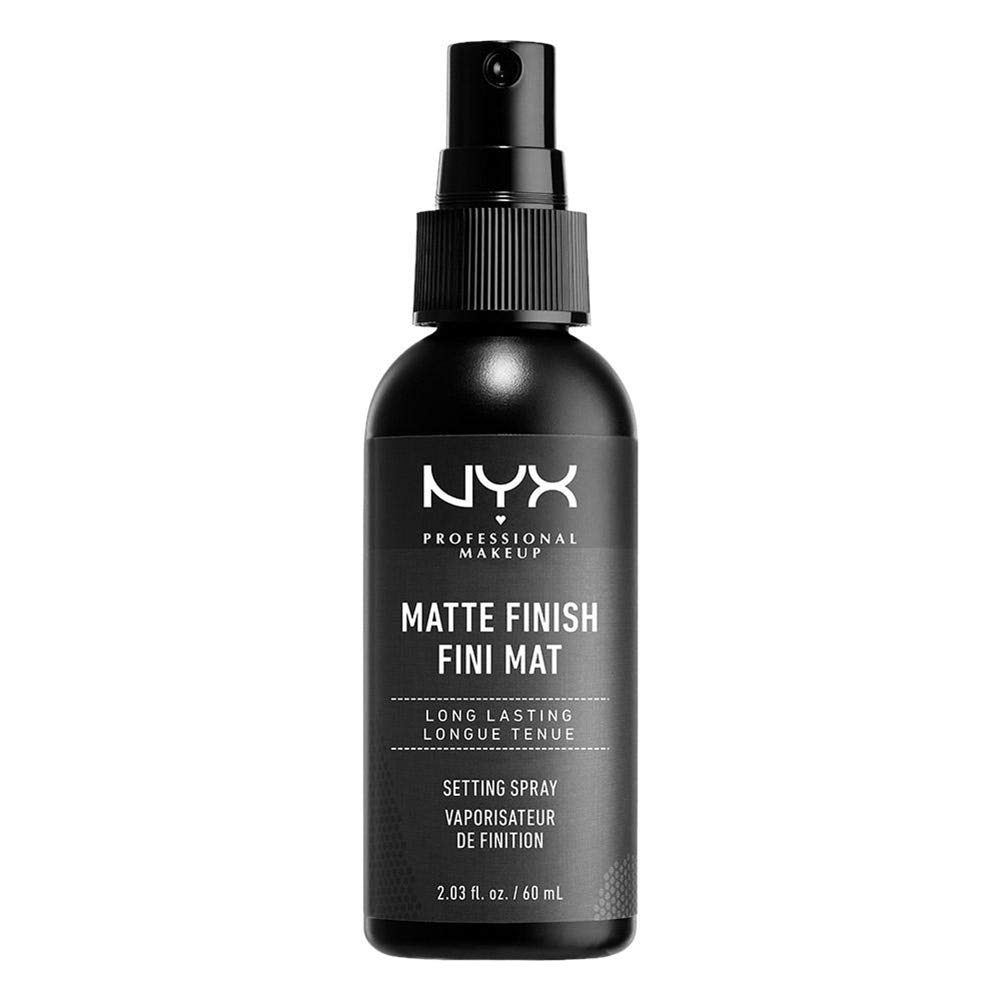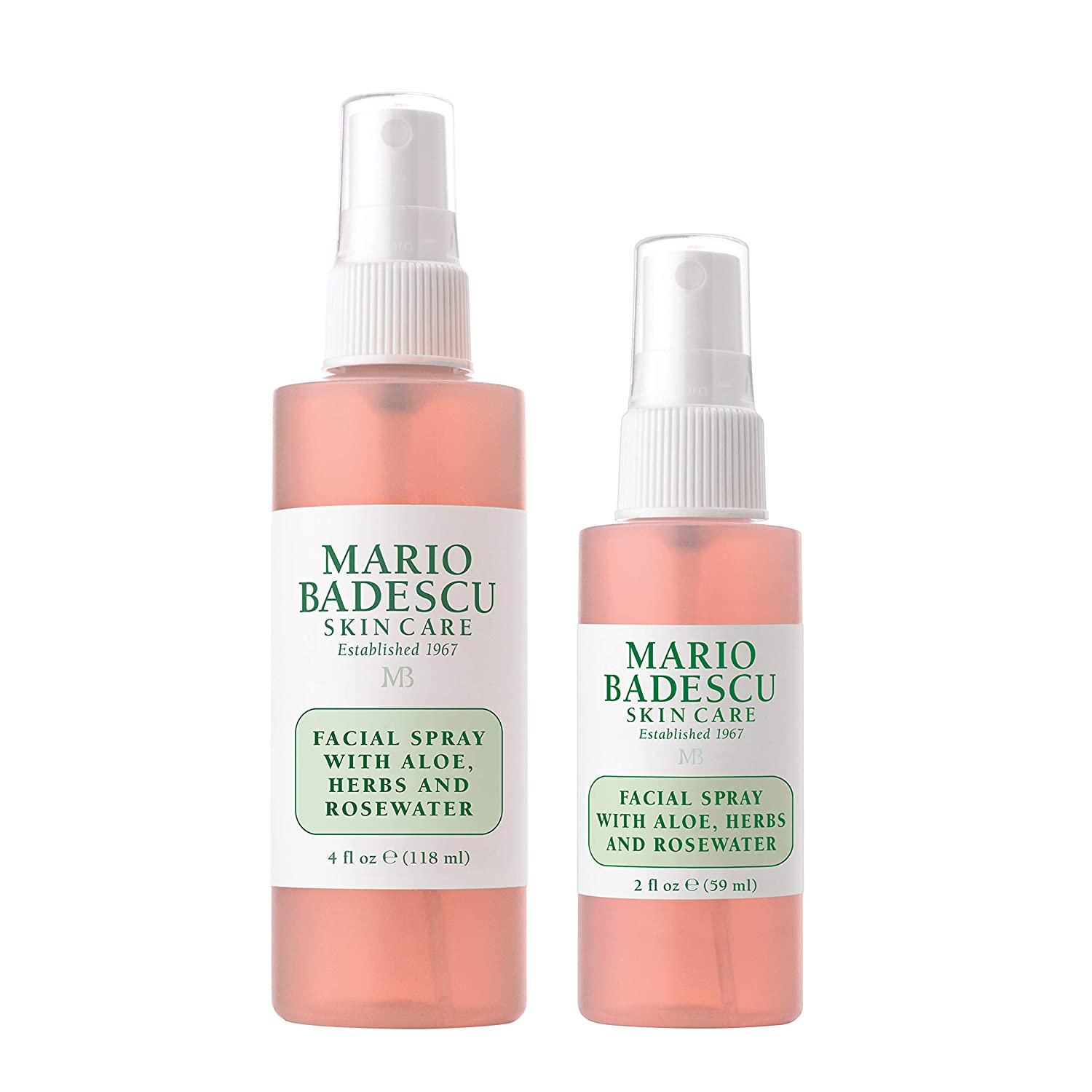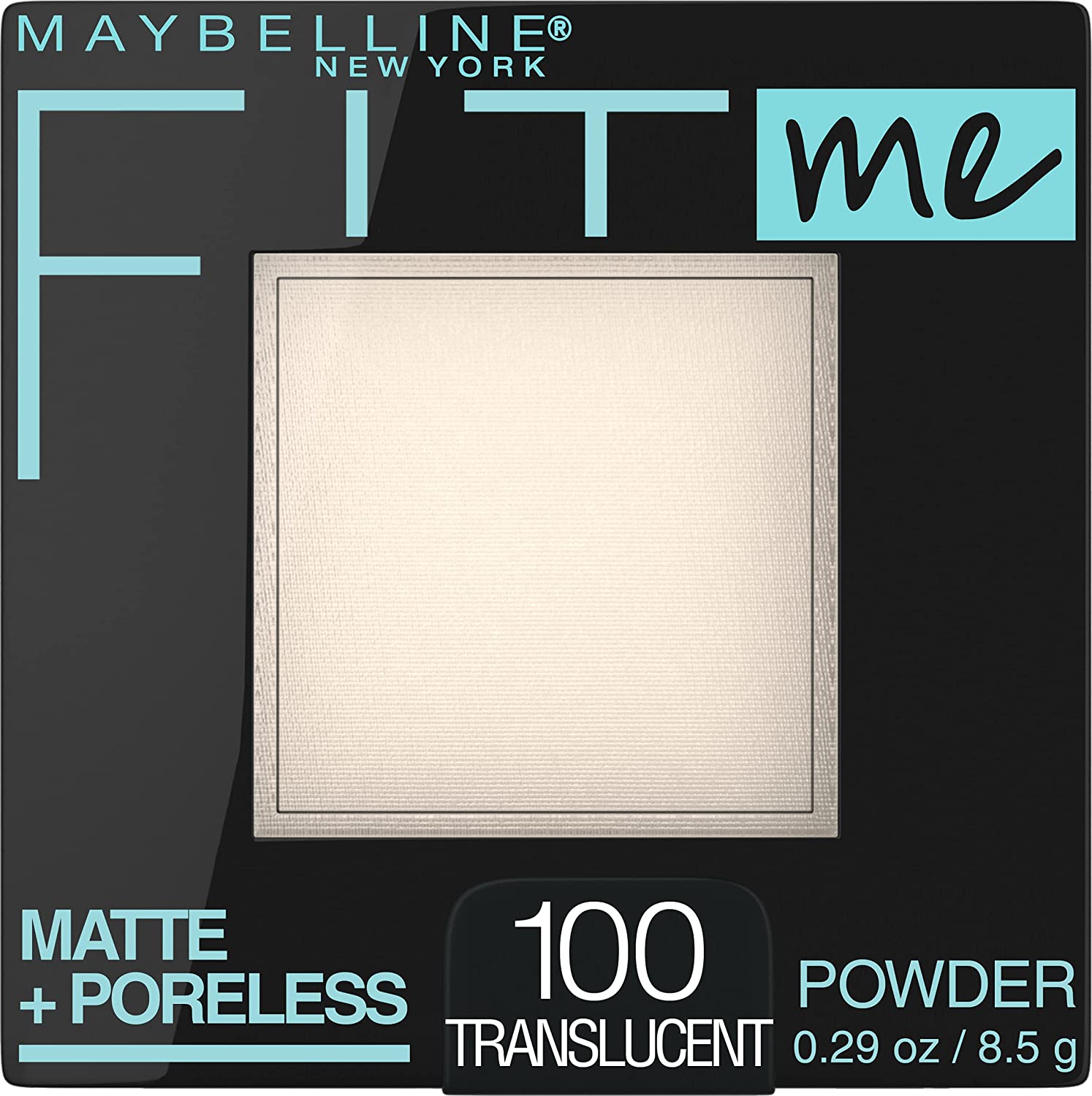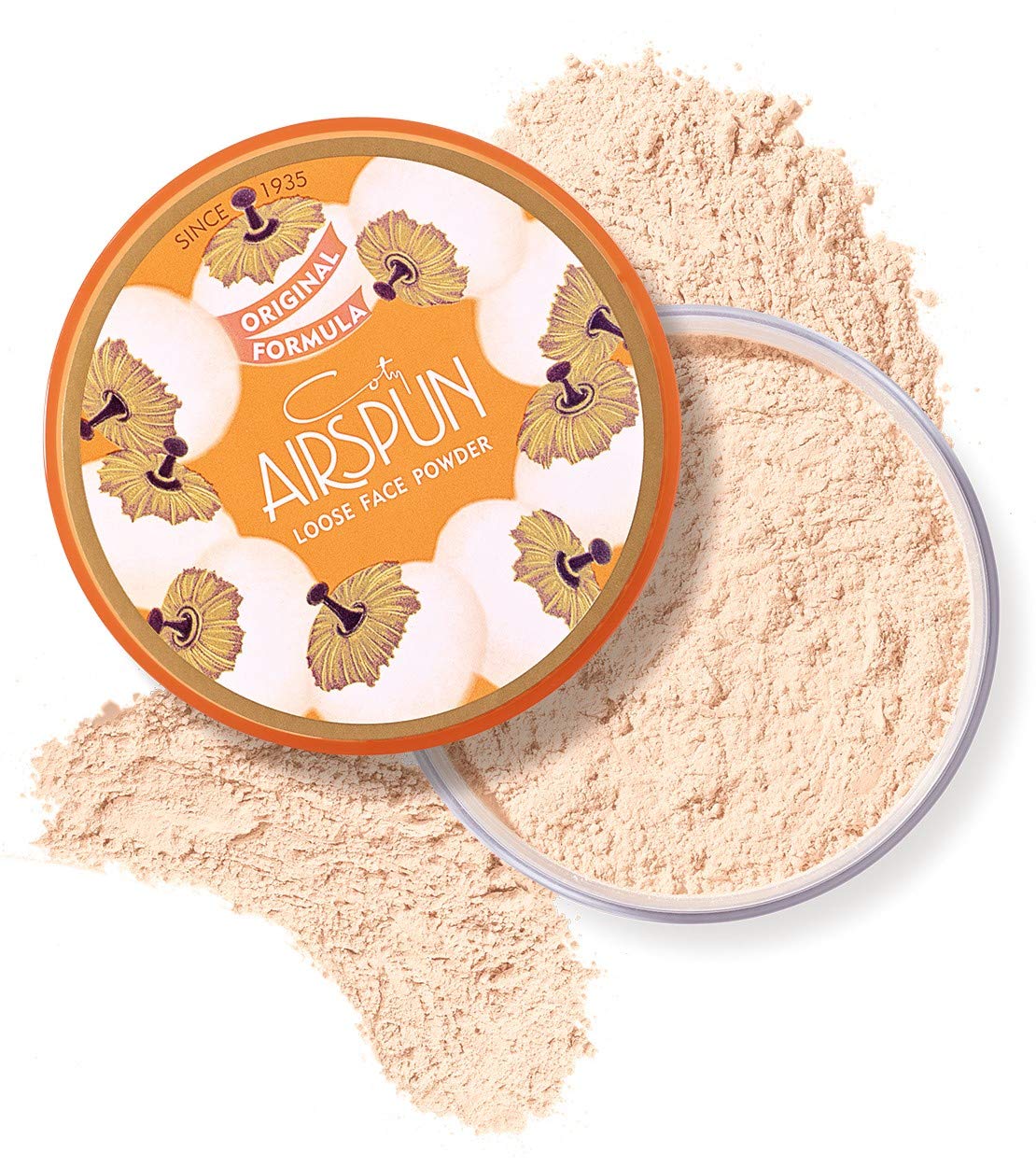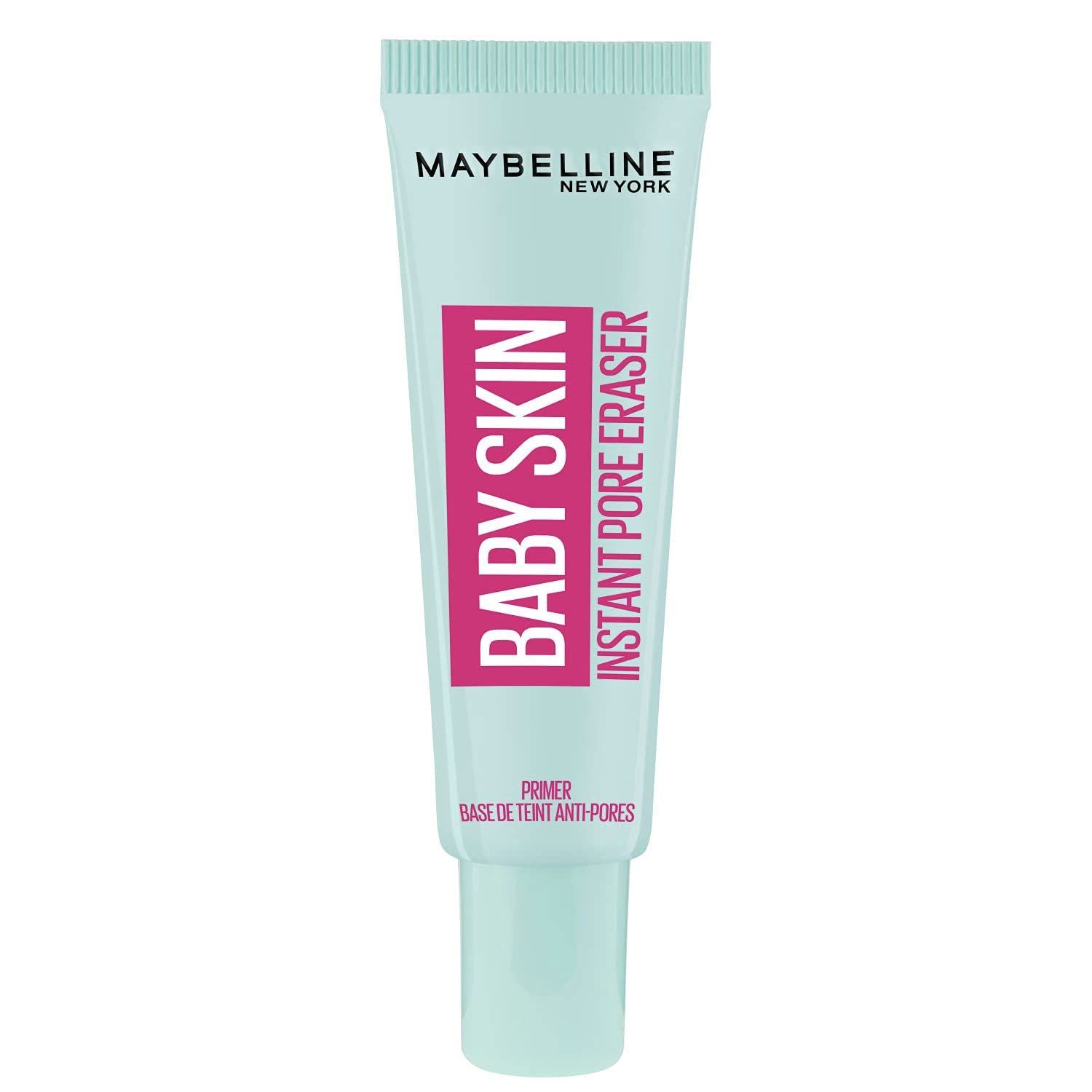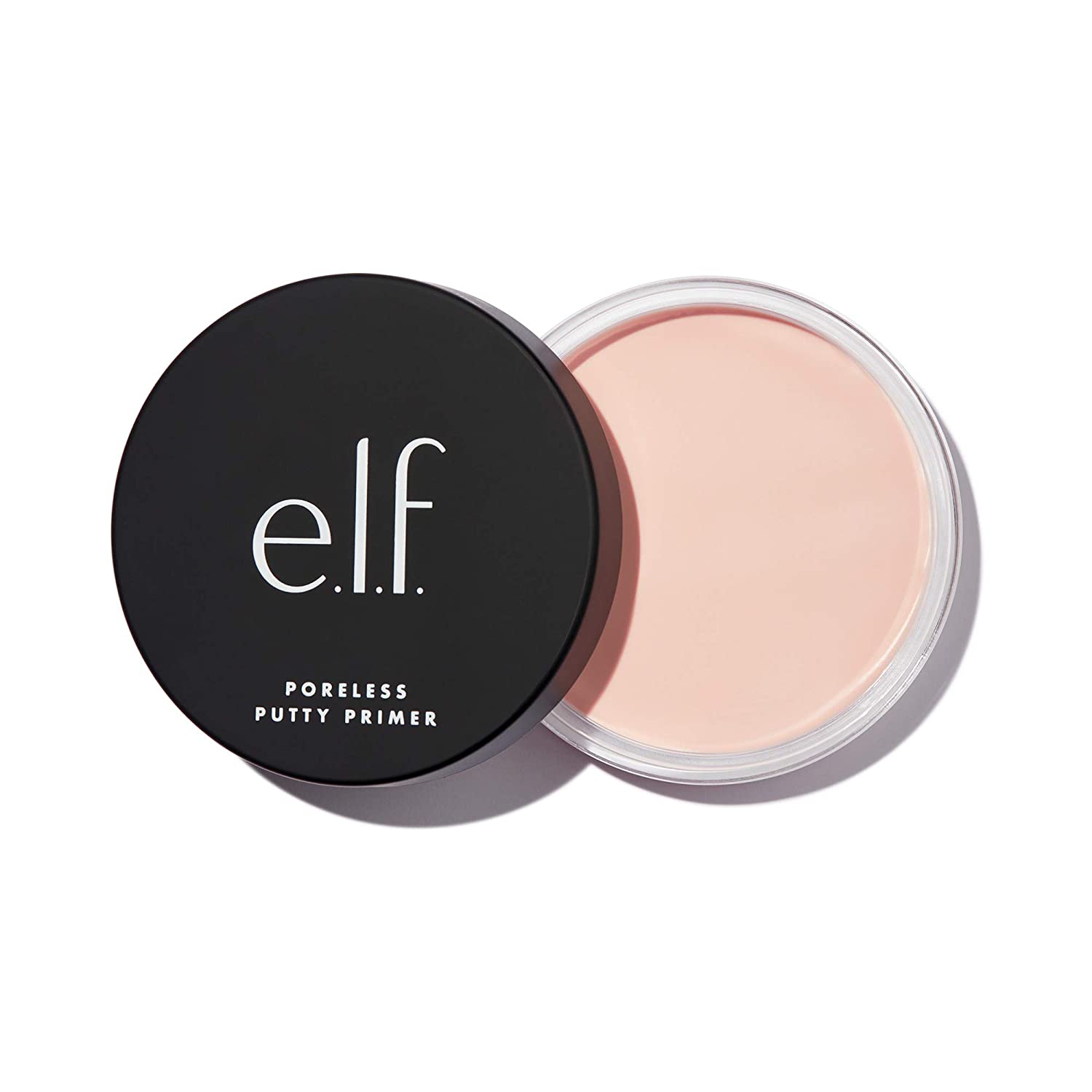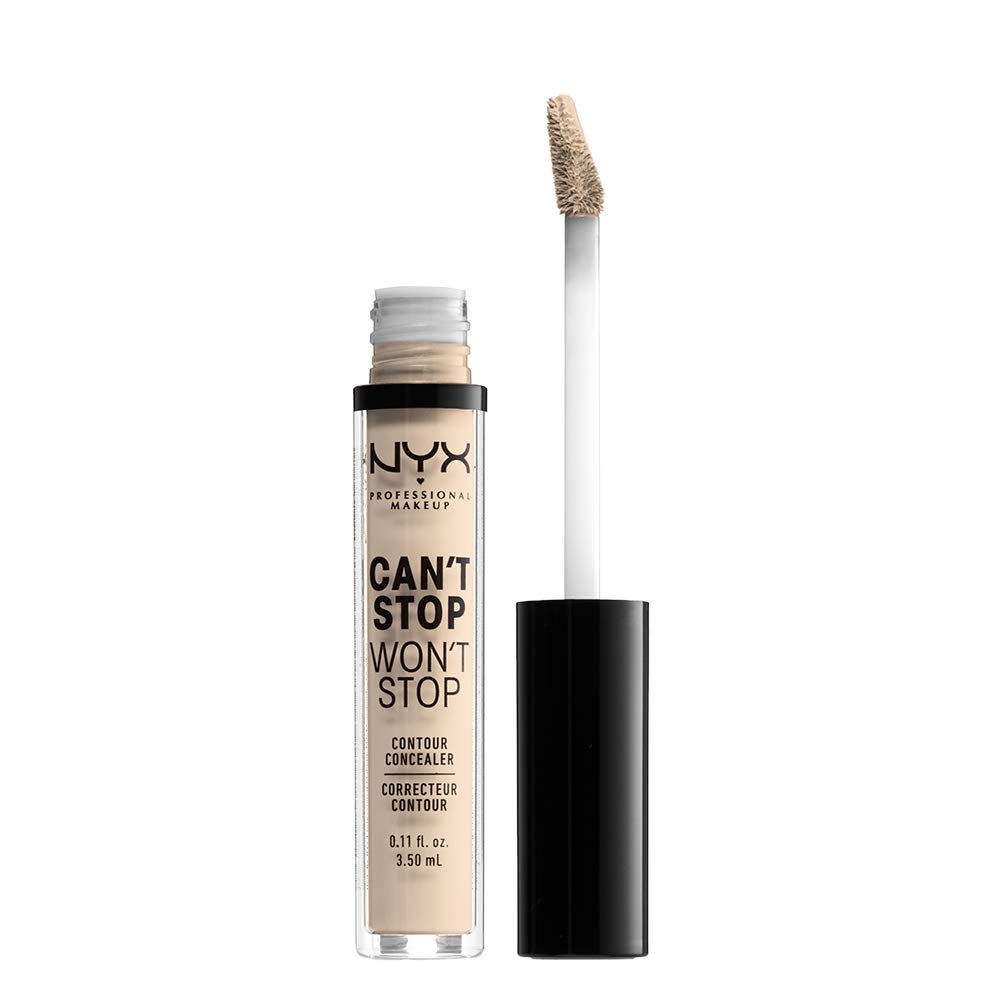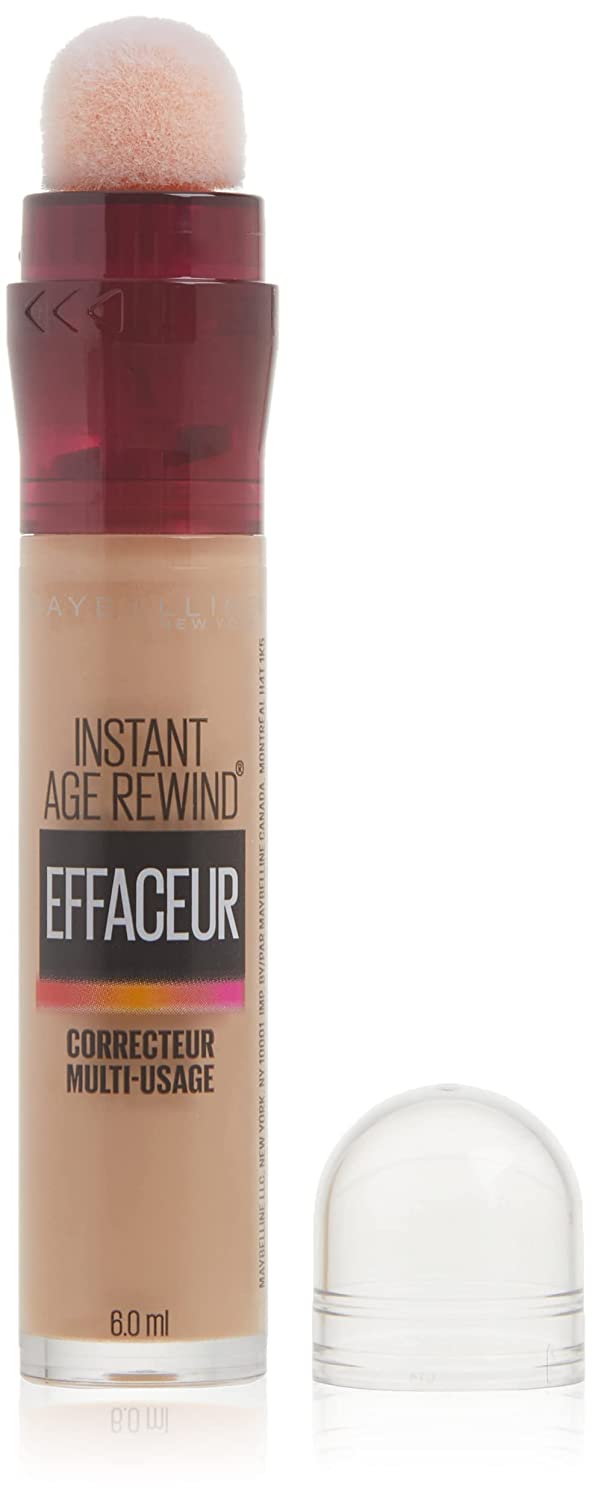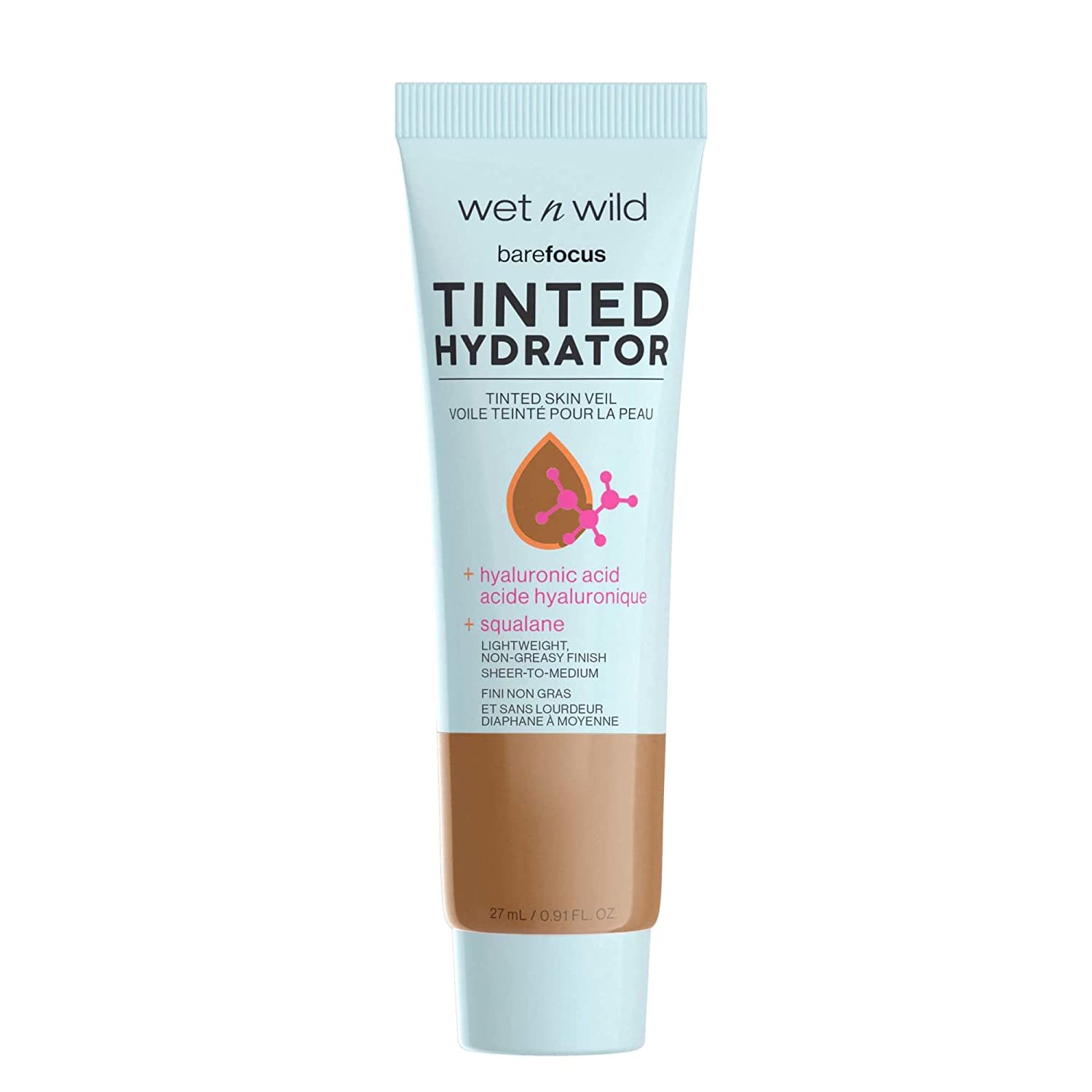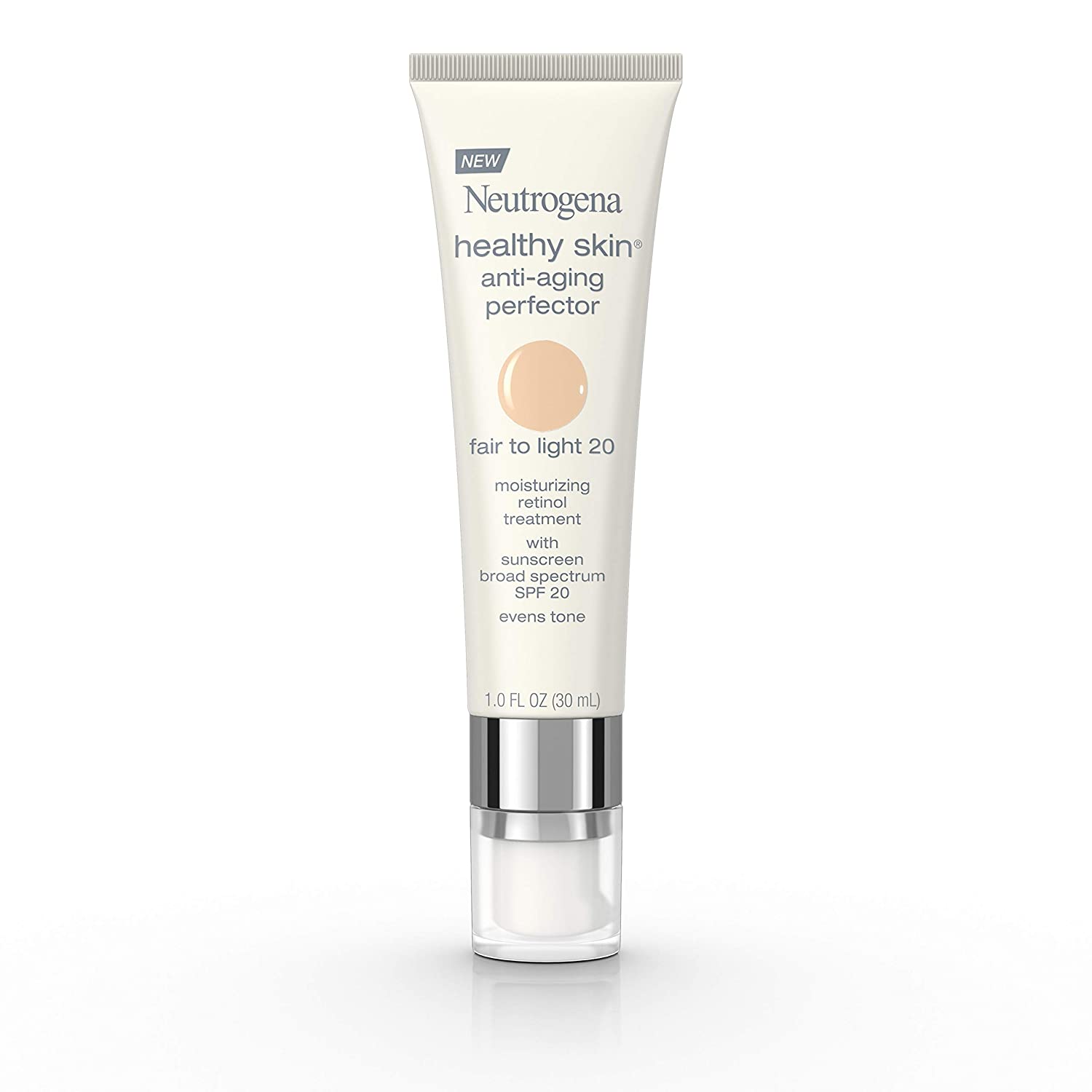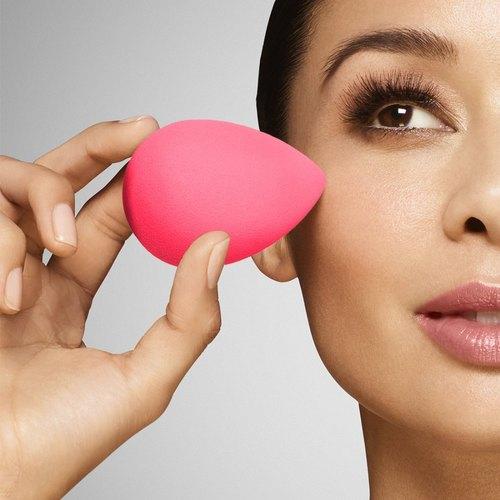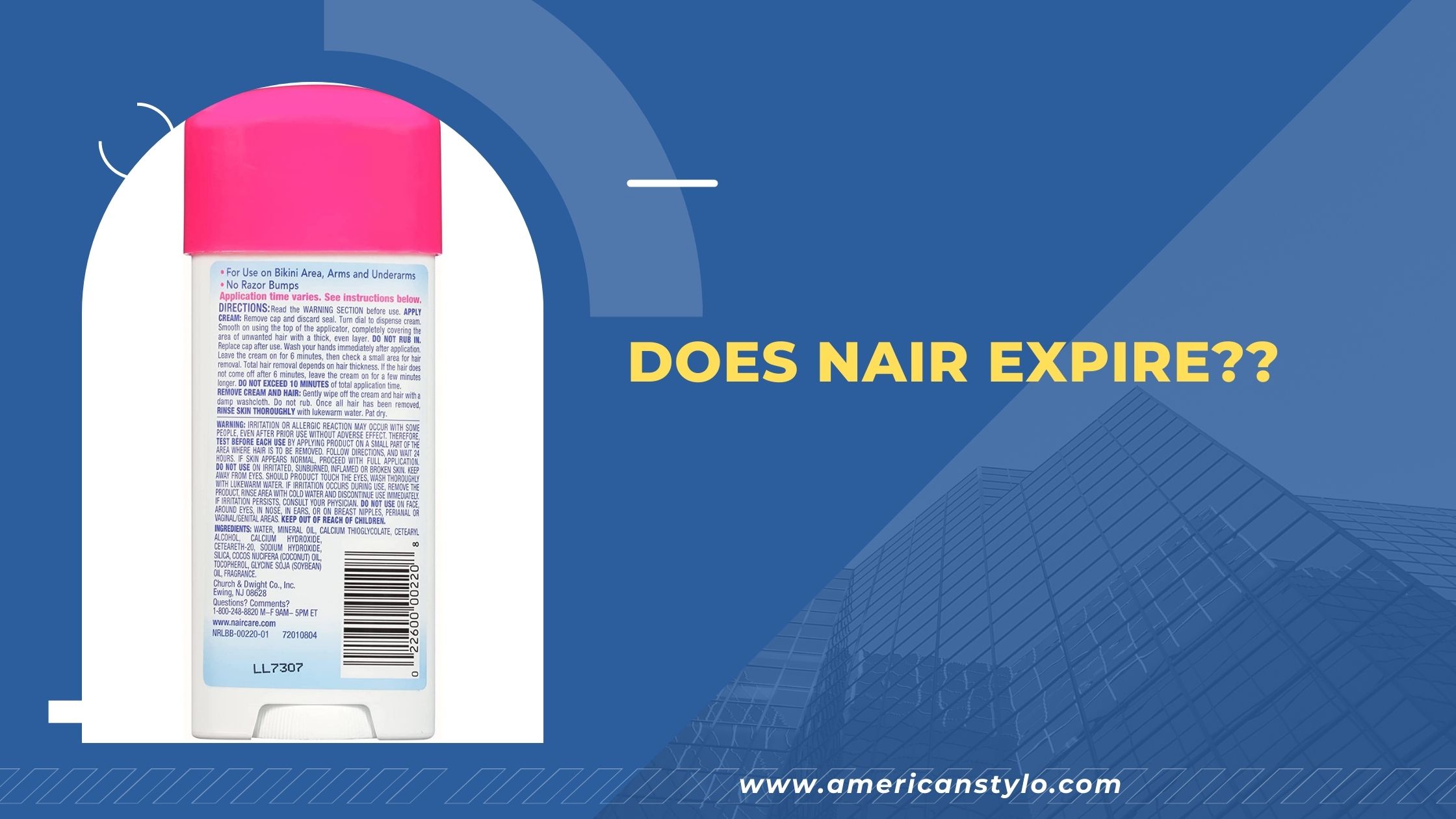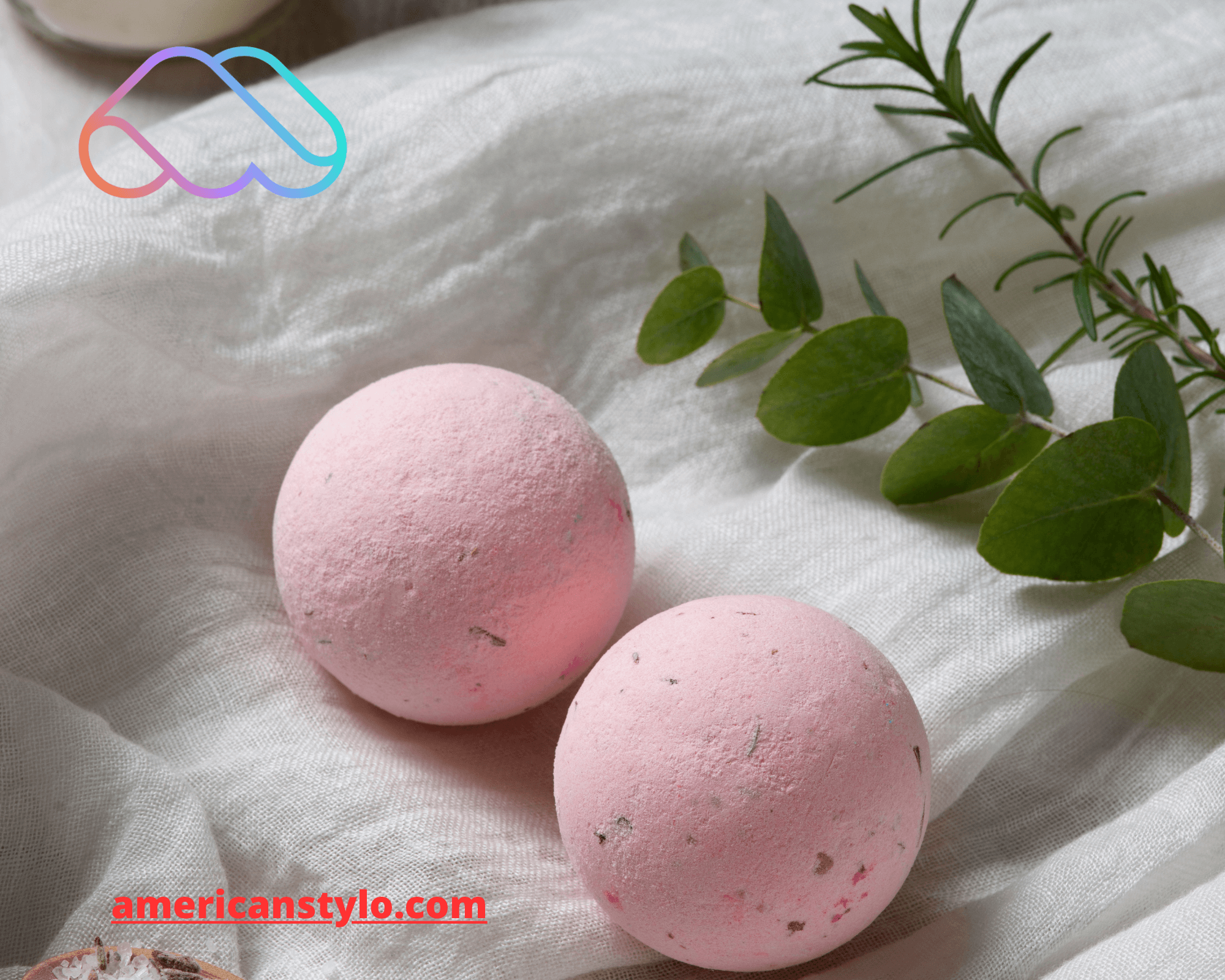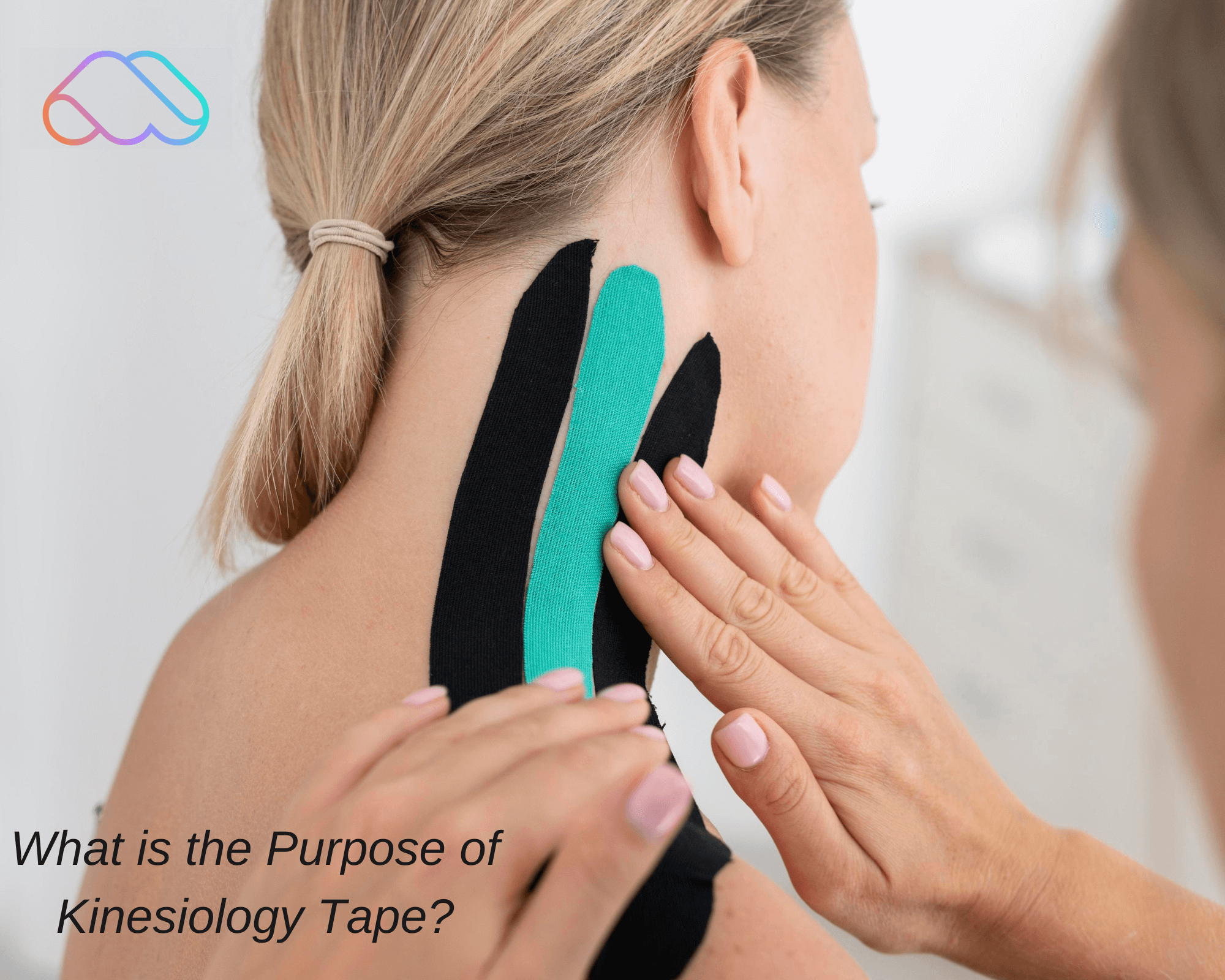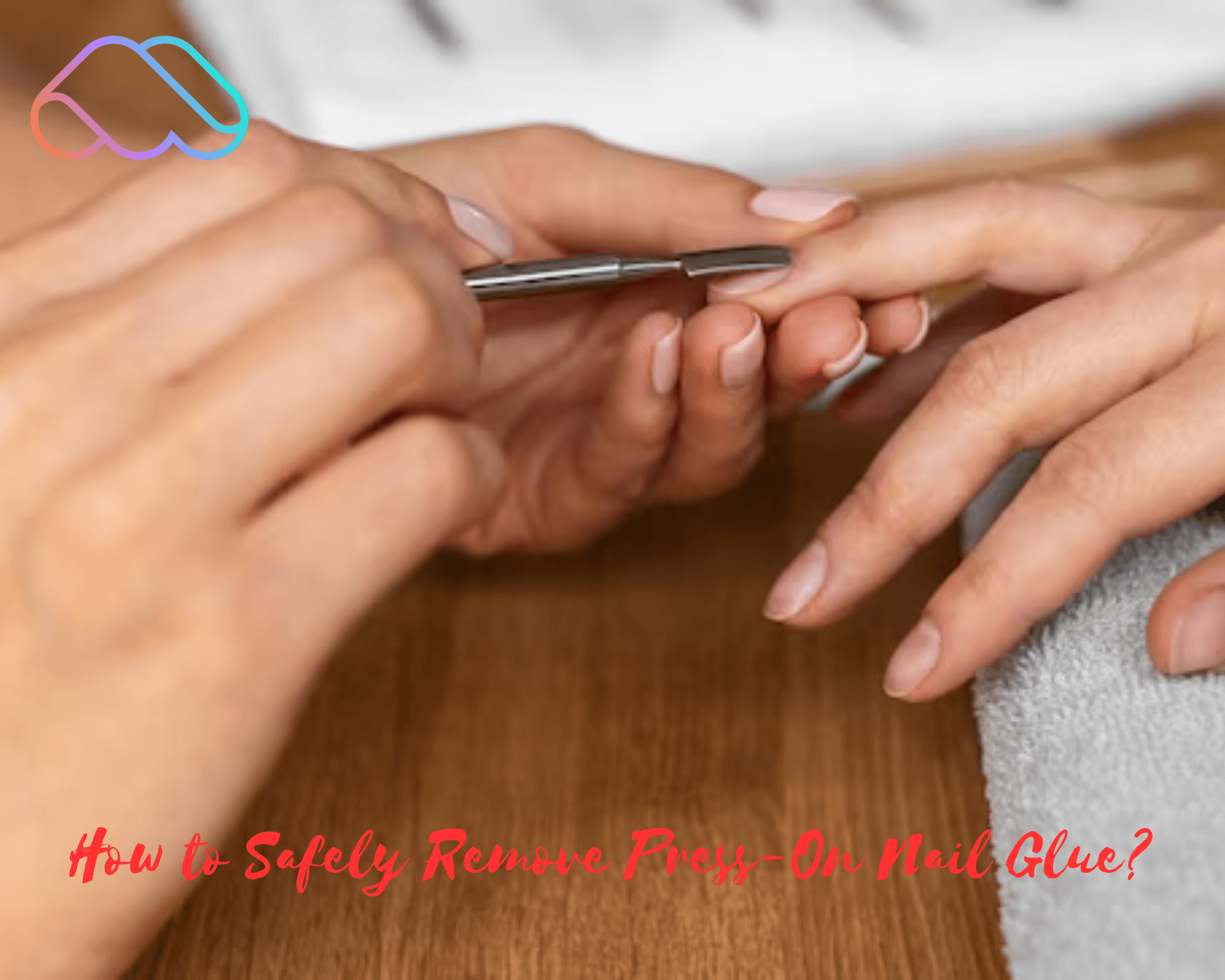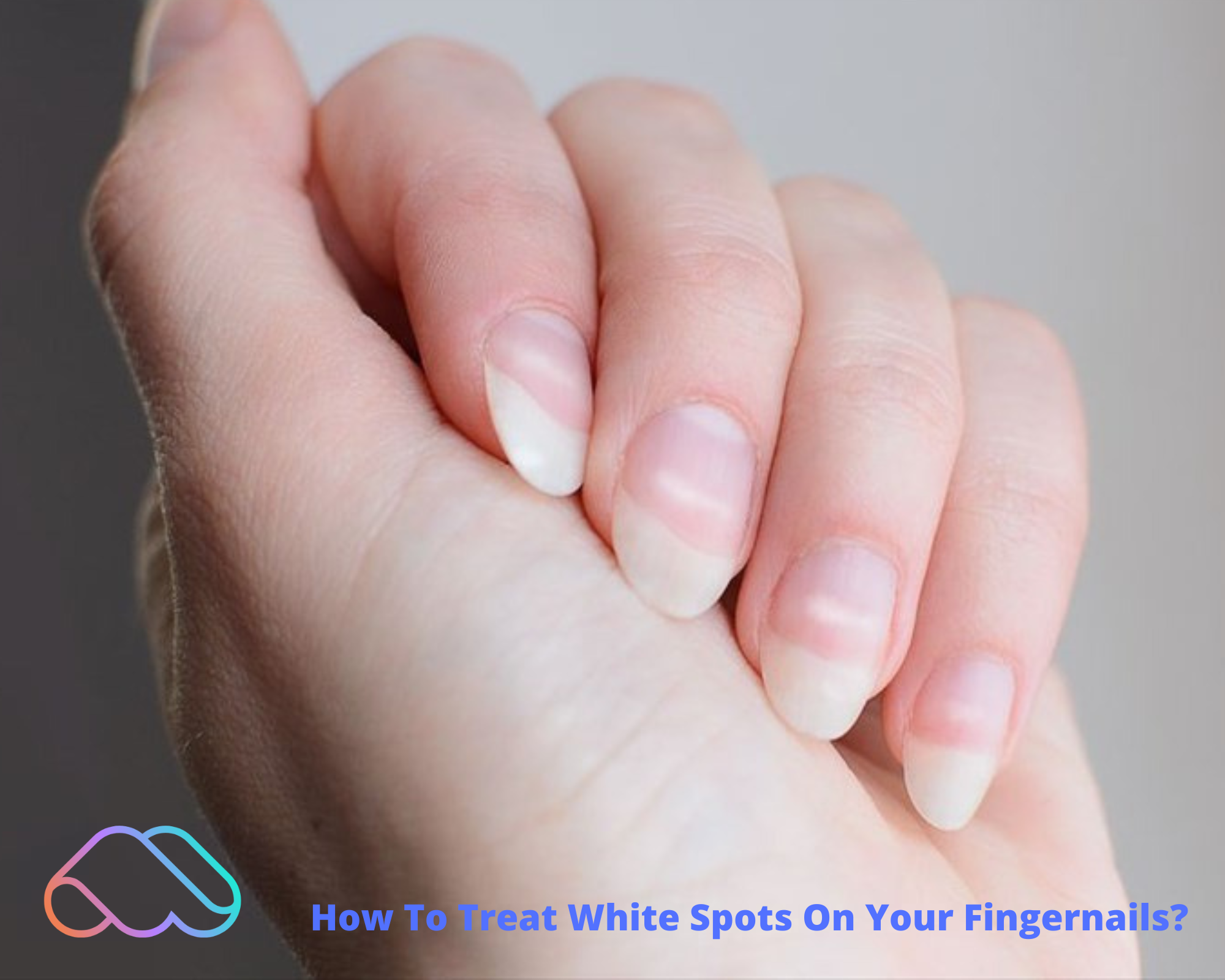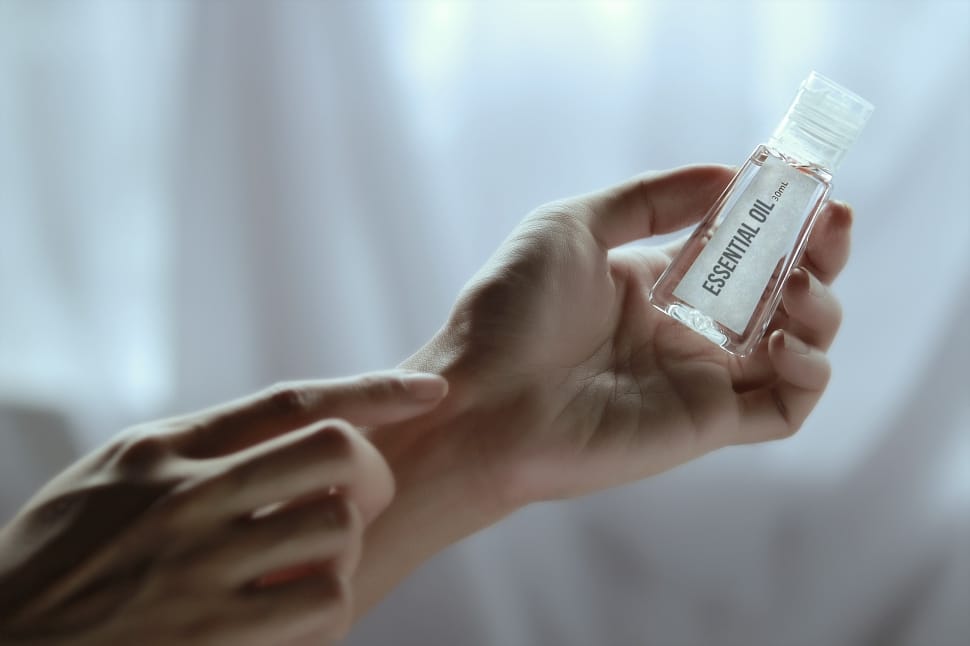
Your makeup can fall off your face for a variety of reasons. We’ve all had a foundation that looks patchy, and it can be aggravating. But why does my foundation separate on my face? Dry skin, the wrong foundation type, or the wrong makeup primer can all cause the foundation to smudge and fall off.
Why does my foundation separate on my face?
Makeup can look patchy for a variety of reasons. The roughness of the skin is the most obvious factor. Keep your skin hydrated at all times. For your makeup to apply smoothly, you need hydrated skin. When the skin isn’t properly hydrated, the texture on the skin can be magnified. This would necessitate drinking more water throughout the day and using appropriate skincare products.
The different formulations of makeup you’re using may be causing your foundation to look patchy. It’s critical to use the same water-based primer and foundation throughout your entire makeup routine when using a water-based primer.
What to consider while applying foundation on your face?
A flawless base is difficult to achieve when it comes to makeup for the face. As a reminder, here are some things to think about the answer to why does my foundation separate on my face?

Skincare is the number one priority.
To properly care for your skin, you must first determine what type of skin you have. Using the wrong skincare can have a significant impact on how long your makeup lasts and how well it adheres to your skin. Every day, a basic skincare routine should be followed.
It is common for people with normal to combination skin to have dry cheeks and oily t-zones. This skin type needs to find a pH level that works for it.
Flaky and tight skin are common symptoms of dry skin. This type of skin can be more vulnerable to damage. Moisturizing skincare products for dry skin must be richer in rich ingredients to effectively hydrate the skin. It’s critical to moisturise dry skin to properly apply makeup to it.
An oily t-zone is a sign of oily skin. After being washed, oily skin tends to re-emerge after a few hours. Skincare for people with oily skin is necessary to keep excess sebum under control. You need to know if your skin type is oily so that you can choose the right foundation for your complexion.
Using the wrong foundation.
Another possible reason why does my foundation separate on my face is that you’re using the wrong type of foundation. Certain foundations are recommended for each of our skin types.
If your skin type is normal to combination, you should consider using a liquid or cream product. To maintain the skin’s pH balance, the foundation’s composition should specifically declare that it is for this particular skin type.
People with oily skin should seek mattifying and matte foundations, like powders, which are better suited to their skin type. This skin type is best served by foundations with a matte or powder finish, which will assist absorb any excess oils on the face. Using too much moisturising formula on an oily skin type will cause the foundation to fall apart on the skin.
For dry skin, you’ll want a foundation with a higher level of moisture. Most liquid and cream foundations with 24-hour hydration in them tend to moisturise the skin. If you have dry skin, stay away from matte formulas because they might cause the skin to dry out even more, which will result in the foundation flaking off.
Applying too many coats of foundation
Another possible explanation for why does my foundation separate on my face is that you have applied an excessive amount of product to the skin. Using a beauty blending sponge, blend each new layer of product onto the skin one layer at a time.
Makeup is applied to the skin in layers using beauty blending sponges, which thin out the makeup formulation as it is applied. When using a makeup brush to apply makeup to the face, it’s possible that the layers aren’t distributed evenly, which can lead to streaks and smudges.
Always apply a primer to your face
One of the most common causes of why does my foundation separate on my face is the absence of a face primer. Face primer should always be used before foundation when applying to the face because it extends the wear time of your makeup. In addition to helping your foundation adhere to your skin, a primer for the face can also minimise the appearance of fine lines and enlarged pores on the skin. It is possible for the foundation to crack off the skin if we don’t apply a foundation primer first, so it is important to apply a primer before applying the foundation on textured skin.
Spraying the foundation with Setting Sprays
Another option for extending the wear of your foundation is to use a setting spray. Makeup looks are more cohesive and foundation lasts longer when they are set with a setting spray. By skipping this final step, you’d be letting the new look slip through your fingers.
Setting sprays have the added benefit of helping to mattify the overall appearance of makeup, which helps prevent excess oil from breaking up the foundation.
Applying transparent powders to set your Foundation
Remember that translucent powders should be applied to the skin after liquid or cream foundations have been put to the face. This can make the foundation look cakey and messy if it is applied before the rest of the foundation.
A translucent powder is the first step to ensuring that your foundation doesn’t fall out. Translucent powders tend to be finer and have less colour payoff when applied to the skin. Setting the foundation and keeping everything in place are two of the main functions of these types of products.
So your foundation doesn’t slide around and crack, use translucent powders to keep them from sliding around and cracking. When applying translucent powders to the skin, be sure to stipple the powder into the skin rather than patting it on.
How to fix separated foundation on face: Tricks and tips
That was enough about why does my foundation separate on my face?? Let us now have a look on the tips and tricks to fix the separated foundation.
Hydrate the area around your eyes
Despite your best efforts, your concealer still seems crusty, crepey, and chalky, despite your meticulous attention to detail. Ugh. Rehydrating the skin is all that’s required. This is a trick from a makeup artist: To reduce the appearance of fine wrinkles and remove any powdery buildup from your skin, look for face sprays or toners that contain the moisturiser. Spritz it on your clean makeup sponge, tap off the excess, then lightly press it over your cakey concealer to fix the dryness without ruining all of your hard work. Don’t just squirt it all over your makeup.
Continually blend
To get an even foundation application, you need to do more than simply rub it in. The reason why your foundation seems cakey is that you haven’t blended it thoroughly enough. Apply your foundation (or BB cream, or tinted moisturiser) with a damp Beauty blender and stamp it into your skin over and over again until it’s almost set (about three minutes). It will smooth out any blemishes and make your skin look even and flawless without the cake.
Powder your greasy skin before applying foundation
For oily skin, apply moisturiser, setting powder, setting spray and primer in a specific order. A lot of people swear by using different hacks to keep their makeup in place and crease-free, even though some people have dry skin.
Apply a layer of oil.
There is nothing you can do about dry skin’s tendency to look cakey and flaky no matter how much preparation you put into it. After you have finished your makeup and notice that your bronzer or foundation has a cakey or chalky appearance, try applying a few drops of face oil to give it a more skin-like appearance. A few drops of face oil can be applied with a beauty sponge by stamping it a few times and then lightly stippling it on the dry areas of your skin. The things you use will become one with your skin when you use this approach.
Powder your nose
There is a simple solution for those of you who find that your nose is always shiny even though your face is otherwise in good shape. Using a moist sponge and a translucent powder in a shade that matches your skin tone, gently buff your nose after priming it with the appropriate product.
After that, delicately conceal your nose with the foundation that remains on your brush after applying it to the rest of your face and finishing with a dusting of powder. The aim here is to rely on the powder rather than the liquid foundation for most of the coverage. This will ensure that the substance doesn’t move around and break up around your nose, making it easier to apply.
Use the right formulas in conjunction
Although not everyone enjoys makeup primer, it is worth the investment for those who wear makeup that tends to crease or shift. However! Some foundations don’t work well with all primers. For foundations that contain silicones, some cosmetic experts recommend using silicone-based primers, whereas water-based primers can be used with both water- and silicone-based foundations. The components list is all you need to know: Any product that ends in “cone” is probably a silicone primer or foundation, so keep that in mind.
Don’t overdo the concealer in your creases.
Cakey makeup can give the appearance of wrinkles since it settles into your fine lines and furrows. It’s natural to want to conceal these flaws by applying more makeup, but you should do the exact opposite. As an alternative, dot your face liberally with foundation, being careful to avoid the areas that tend to crease (around the eyes, forehead, and mouth). Finally, lightly conceal your creases with whatever product is left on your makeup sponge after you’ve finished applying your foundation.
Strategically place your concealer.
When it comes to the creasing of your under-eye products because you smile a lot (smile is wonderful!), you may want to try a different product. Make sure you use your concealer only in the hollows of your eyes, blending it outward. In other words, don not apply any substance at all to the outer corner of your eye and avoid painting a huge swab under your entire eye. This method prevents accumulation in the areas where your face naturally creases while still providing adequate coverage where it’s most needed. If your makeup creases, it will appear cakey, even if you didn’t use much product.
Make sure you have the proper and clean tools
Choosing the appropriate tools and techniques for applying foundation can have a significant impact on how your makeup appears. Using sponges to remove any extra product from the skin will help give it a more natural look. However, because they must be cleaned after each application of makeup, they are not the most hygienic equipment.
However, even after applying foundation with a brush, prefer to go back over it with a damp sponge and press it in place. This aids in the application of cosmetics. Cleaning your tools regularly is critical, regardless of the gear you use. To prevent makeup from clumping on the skin, clean your makeup brushes at least once a week.
How to fix dry patches after foundation?
Even after realising why does my foundation separate on my face and with a well-applied foundation, dry patches can ruin an otherwise flawless look. If you have dry patches, they may be caused by your skin’s natural dryness or by seasonal changes. The patches can reappear within a few hours of applying makeup. However, dealing with dry patches isn’t as difficult as you may think. After applying foundation, you may use the following tricks to combat the dry patches.
A concealer with a slick consistency.
The easiest technique to address dry areas that reappear after applying foundation is with a creamy concealer. To cure dry patches with concealer, dab the concealer on the affected region with your finger lightly to blend it in. When blending the concealer, avoid using a sponge or a cosmetic brush to prevent smearing.
Apply a tinted moisturiser for the last touch-up.
All the time, carry tinted moisturiser. Put a small amount on a cotton swab and gently dab dry spots of skin whenever you notice them forming. Patchy skin will be concealed and hydrated by using this product. Removing your makeup will be ruined if you rub the moisturiser into your skin.
Apply a transparent lip balm.
Use a clear or untinted lip balm on dry spots of skin after applying makeup to moisturise the lips. Without ruining your makeup, the lip balm quickly hydrates and moisturises the skin. Dry, spotty lips only require a dab of clear lip balm.
Use a paper towel
A paper towel and some water are all you will need. Using a paper towel and a dab of lukewarm water, stipple the skin to smooth down any dry patches. Rub your skin gently with a paper towel while applying your makeup. This will not ruin your makeup.
Why does my foundation separate on my nose?
Now that you know why does my foundation separate on my face? Having an oily nose can lead to makeup separating from your face and dripping down your nose. The absorption of oil and gloss can be helped by using a mattifying primer.
If your foundation is not compatible with your moisturiser or primer, it may appear uneven on your nose. To ensure that the makeup sticks to the nose, it is crucial to use products with the same foundation ingredients.
Use a Primer
Apply a small amount of primer to your nose and press it into the surface. Use a primer that shares the same basic elements as your foundation to ensure a flawless complexion. Using a water-based primer with a silicone-based foundation can make your makeup appear bad.
Use a water-based foundation if you are using a water-based primer. Use silicone-based foundations if you’re using a silicone-based primer.
Use setting powder
Apply a small quantity of setting powder to the face to help it stay put. A finely ground powder is preferable to a poor grade one. Do not use heavy powders that make your skin look cakey.
Apply an eyeshadow primer
You can use an eyeshadow primer if face primers aren’t working for you in the nose area. The sticky nature of eyeshadow primers allows your foundation to better adhere to the skin. One of the greatest primers on the market, this high-end primer is a must-have. You won’t have to worry about oily residue because it has a light recipe. This moisturising silicone-based primer is also a fantastic choice.

Frequently Asked Questions
Question: Why is the foundation in the bottle separating?
Answer: Water and oil are combined and stabilised with an ingredient in foundations. When the two liquids in a foundation begin to separate in the bottle, the separation process has begun.
If you have an existing foundation that is disintegrating, it’s likely that it has already expired and has to be replaced. Make careful to get rid of any expired makeup you have on your face.
It is recommended that liquid foundations be replaced after 12 months if the fragrance or texture has changed.
Question: How long does foundation last on the face?
Answer: Apart from the question of why does my foundation separate on my face? The amount of time your foundation lasts on your face depends on the type of foundation you have, the components it contains, and how you apply it. Higher-end foundations are more likely to survive a long time. High-end foundations have unique features that set them different from more budget-friendly alternatives.
The ingredients in high-quality foundations are of the highest calibre, whereas those in lower-quality formulations may contain filler or synthetic materials. High-quality components aren’t going to be found in every foundation. To keep prices low and products readily available, many businesses make concessions and economise on the quality of their ingredients. Because of this, these substances can produce redness or irritation, which isn’t ideal for your skin.
Question: How long does makeup last on the face in a day?
Answer: Your makeup should last between 12 and 16 hours as a general guideline. To keep your makeup in place longer, it is assumed that you have first applied a primer of some quality. Otherwise, your makeup will not last as long, but reapplying or going without makeup in the late hours is also acceptable. In addition, omitting a step can speed up and lessen the stress of applying makeup.
Even if the container claims “24-hour coverage,” don’t leave your makeup on overnight. Allowing your skin to breathe at night is beneficial to its health. After a long day of exposure to the elements, you need to clean your pores and remove any debris or germs that have built up on your skin.

Conclusion about why does my foundation separate on my face
There are a variety of causes for why does my foundation separate on my face! It’s critical to investigate additional hydration options for those with drier skin types. Those with oily skin should look for products that are more mattifying too to keep their oil production under control. In addition, primers for foundation improve the adhesion of your makeup to the skin, allowing it to remain longer. I hope that you will now have the answer of why does my foundation separate on my face?

